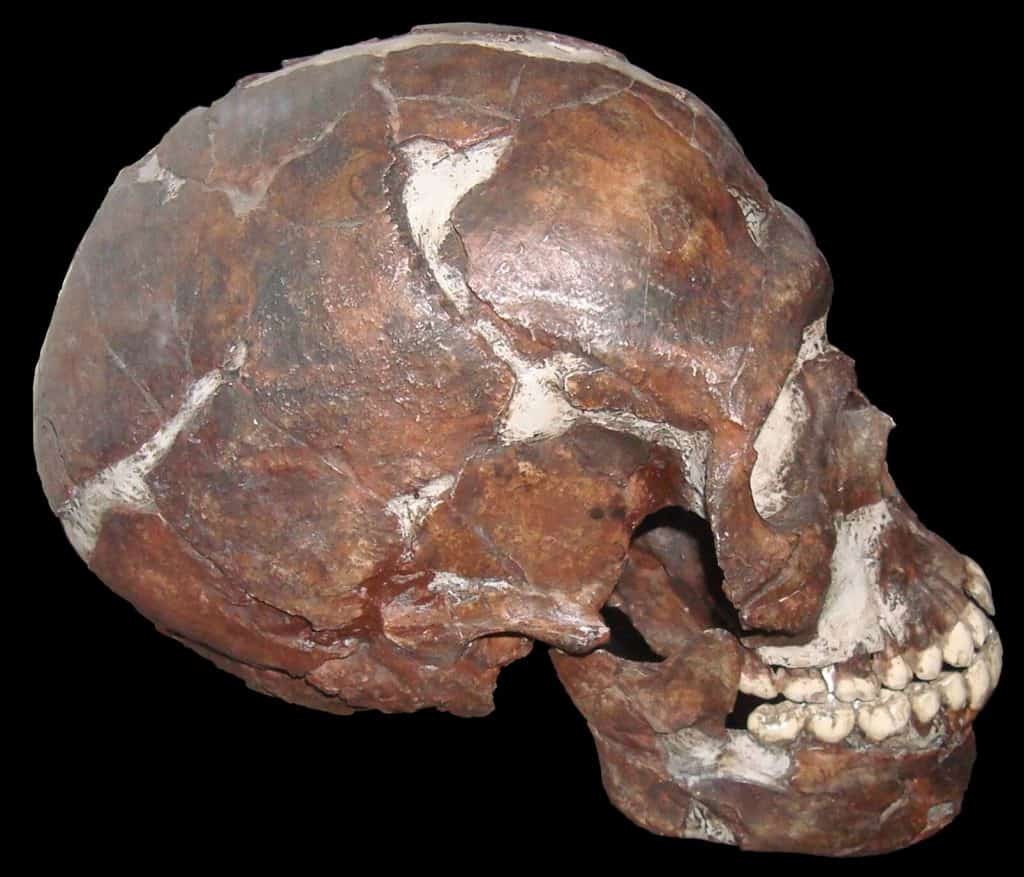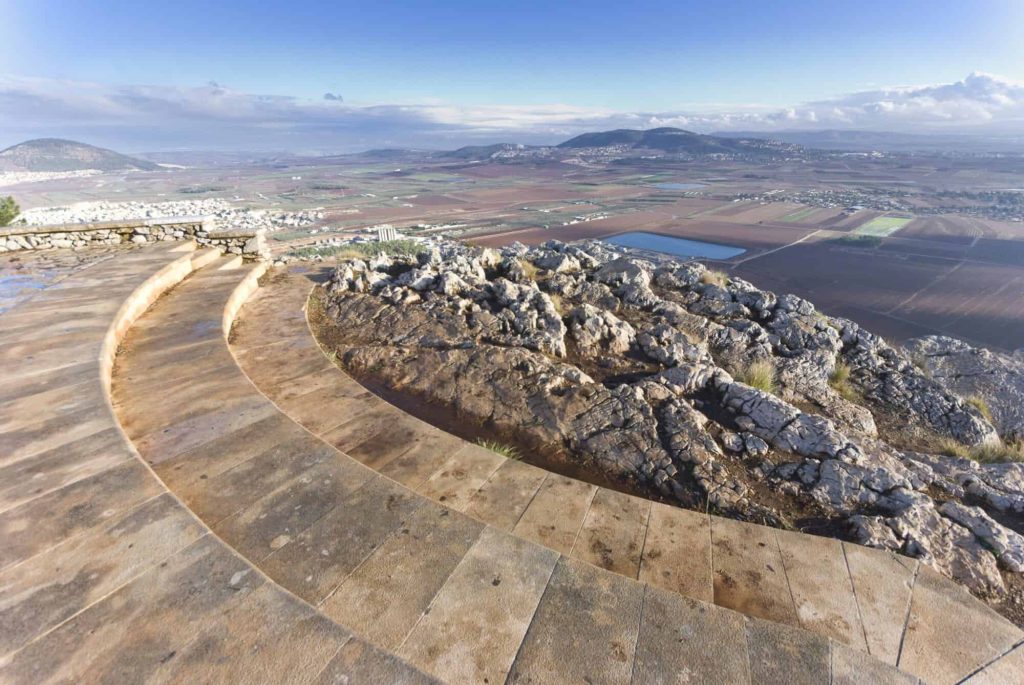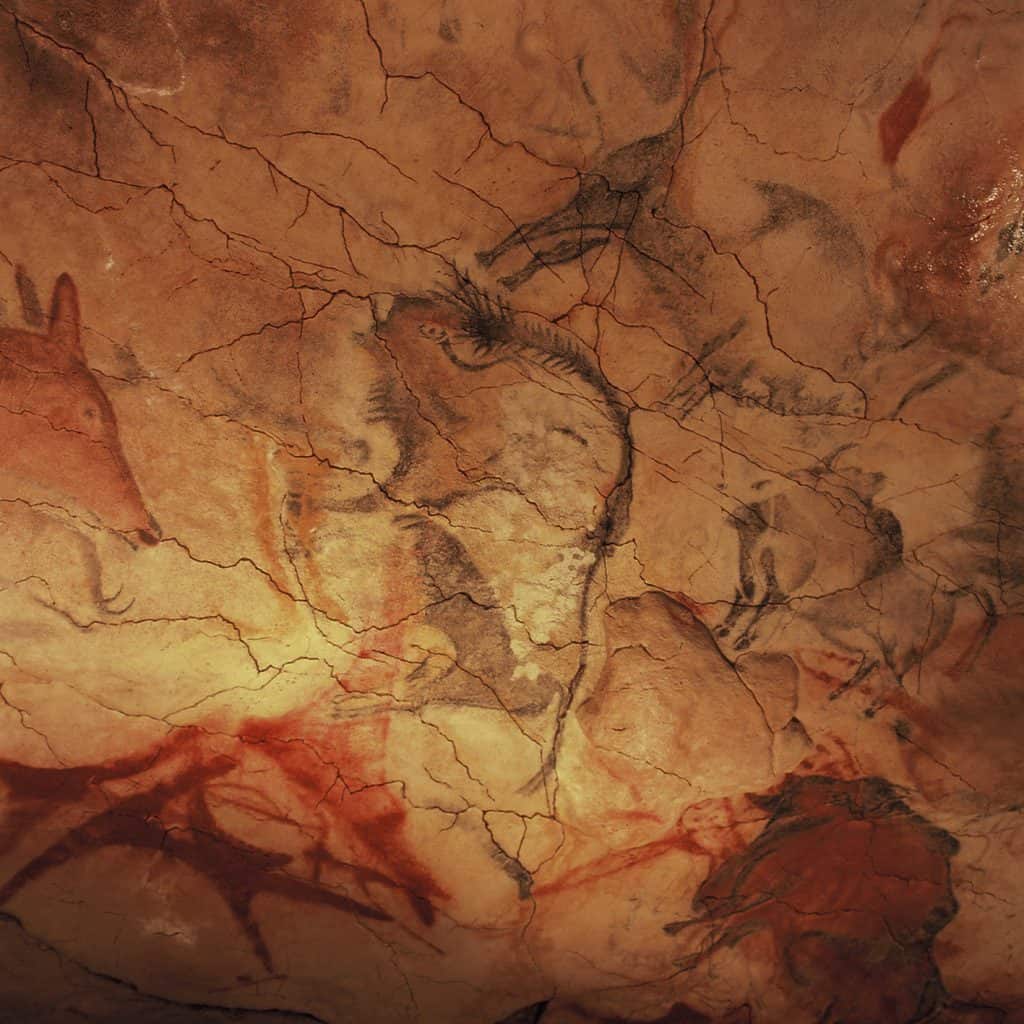Qafzeh Cave is a prehistoric site in Lower Galilee at the foot of Mount Precipice, near Nazareth. It was first excavated in the 1930s by René Neuville and Moshe Stekelis, and further excavations have been conducted since then. The cave has yielded a wealth of archaeological finds, including the remains of 15 hominids, eight children, stone tools, animal bones, and evidence of symbolic behavior.
The human remains from Qafzeh Cave are anatomically modern and are some of the earliest known examples of modern humans outside of Africa. The skeletons show several features of modern humans, such as a high forehead, a small face, and a chin. The remains also show evidence of intentional burial, which suggests that the people of Qafzeh Cave had a complex understanding of death and the afterlife.

Wapondaponda, CC BY-SA 3.0, via Wikimedia Commons
Human Funds at Qafzeh Cave
In addition, the human remains found at Qafzeh Cave have also yielded several other important archaeological finds. These include stone tools, animal bones, and evidence of symbolic behavior. The stone tools from the site are Mousterian in type, which means that early modern humans made them. The animal bones show that the people of Qafzeh Cave hunted various animals, including gazelle, horse, fallow deer, wild ox, and rhinoceros.

Qafzeh Cave: First Evidence Of Symbolic Behavior
One of the most interesting finds from the Cave is the evidence of symbolic behavior. This evidence includes the remains of ochre, which was used for body dyeing and ornamentation, and the incised cortical flake, a piece of flint deliberately engraved with a geometric pattern. The presence of ochre and the incised cortical flake suggest that the people of Qafzeh Cave had a rich symbolic life and were capable of abstract thought.
Middle Paleolithic Period

Credit: Yvon Fruneau, CC BY-SA 3.0 IGO , via Wikimedia Commons
Conclusions
In short, the archaeological finds from the Cave provide a unique window into the early modern human past. The site is one of the most important in the world for understanding the origins and development of modern humans. It is a place where we can see the beginnings of modern human behavior, such as intentional burial and symbolic expression.







